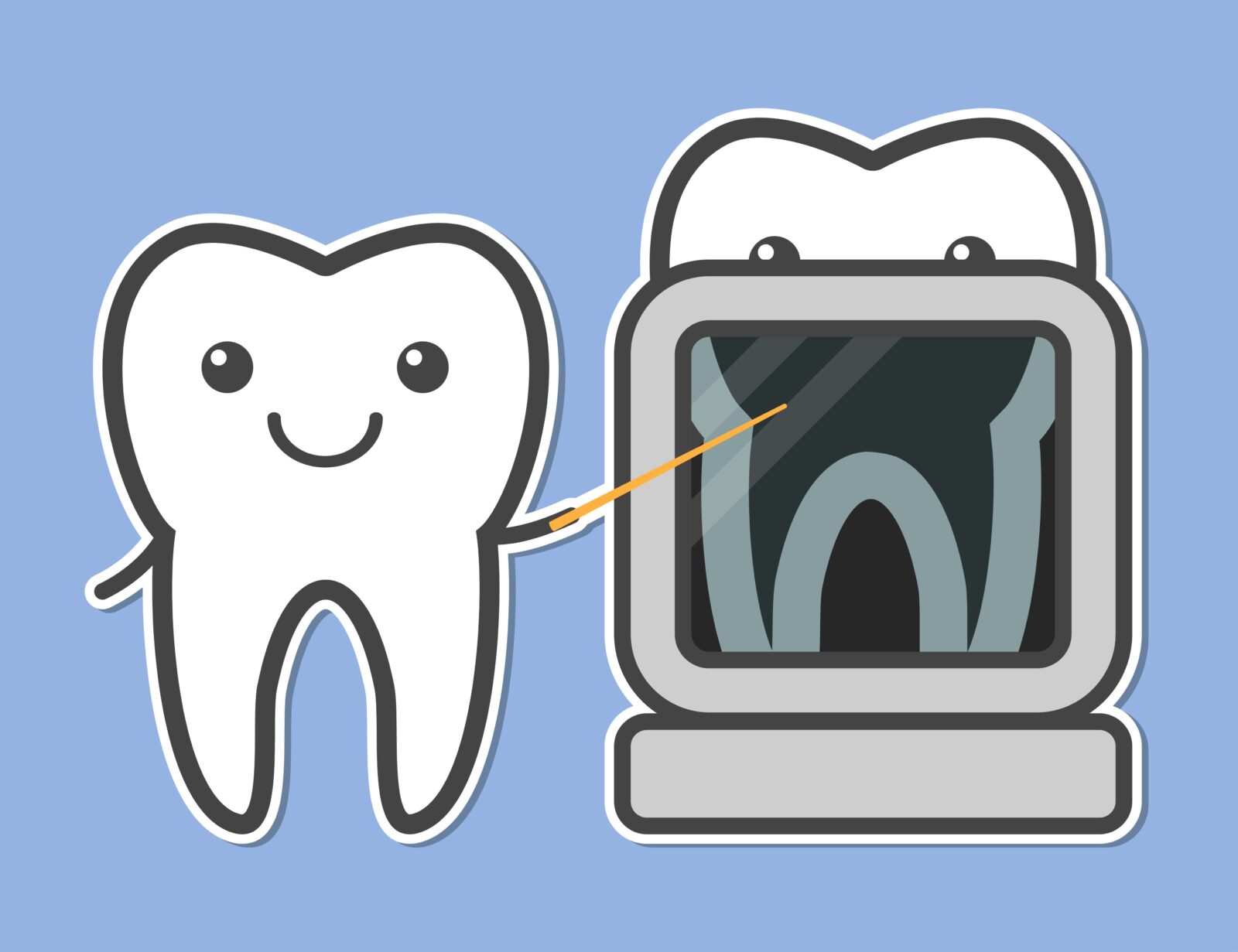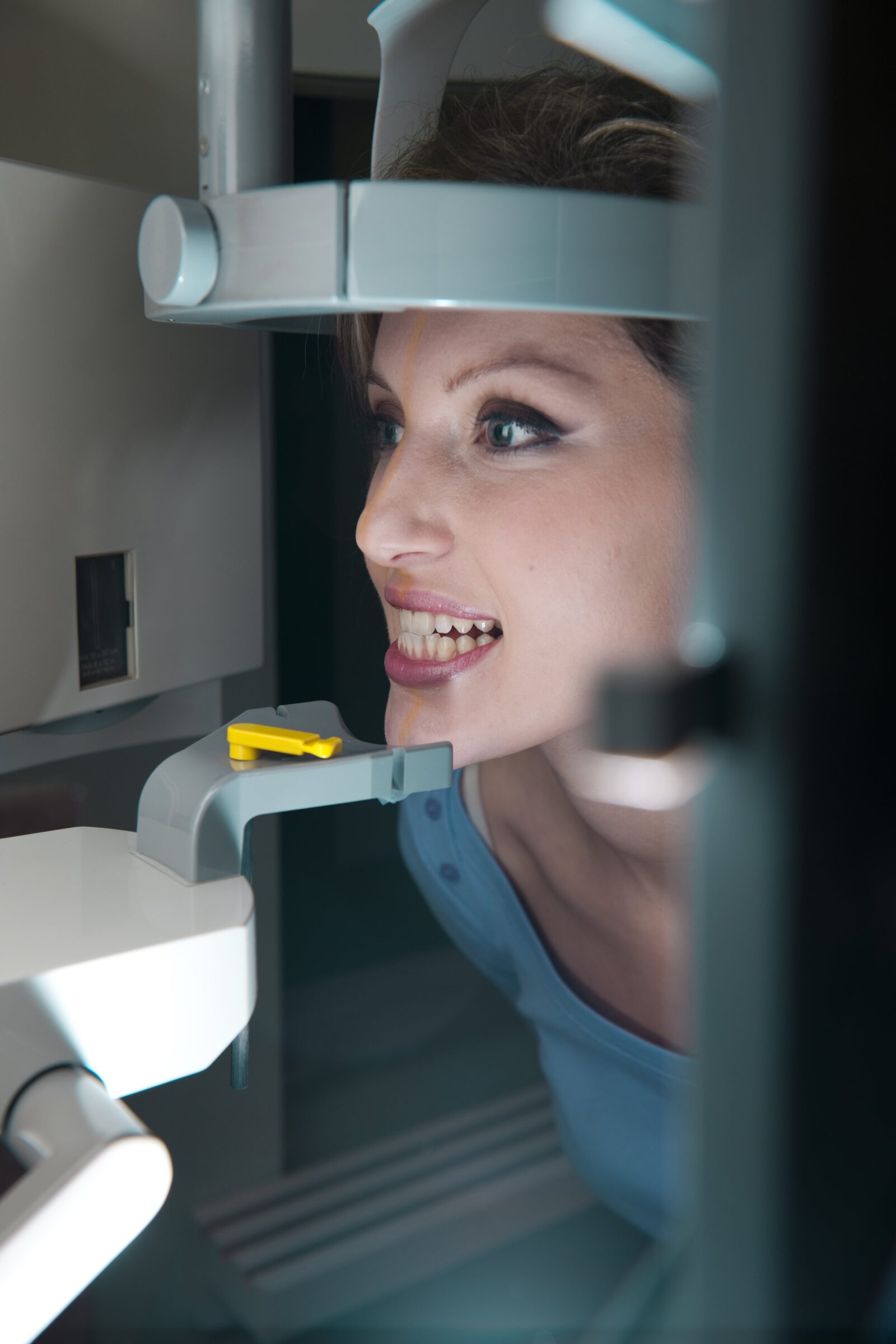Dental x-rays are an important part of oral health care and the American Dental Association recommends having dental x-rays 1-2 times a year. They use low levels of radiation that allows dentists to see inside the teeth and gums, and can identify a variety of issues that may not be visible when performing a dental exam. In this blog post, we will discuss the different types of dental x-rays, and explain what they are used for. We will also list some of the problems that dental x-rays can identify, such as tooth decay, bone loss, impacted wisdom teeth, and damaged teeth. If you are concerned about your oral health, it is important to get regular dental checkups that include x-rays.
Types of Dental X-Rays
There are two main types of dental x-rays: extraoral and intraoral. Extraoral x-rays are taken outside of the mouth, while intraoral x-rays are taken inside the mouth.

Extraoral X-Rays
Extraoral x-rays are used to examine the entire head, including the skull, jaw, and sinuses. They are also used to look for tumors or other abnormalities in the head and neck area. Since they encompass the entire mouth, they are sometimes called panoramic x-rays.
Intraoral X-Rays
Intraoral x-rays are used to examine the teeth and gums. They generally focus on a specific area of the mouth or even on one single tooth. This allows your dentist to get a close look at your teeth. They can be used to detect tooth decay, bone loss, impacted wisdom teeth, and damaged teeth. Intraoral x-rays are also used to check the fit of dental crowns and bridges, and to locate hidden cavities.
What Dental X-Rays Can Find
One of the main reasons why dental x-rays are so valuable to your oral health is because they can find a variety of potential issues in the teeth and gums, including:
Tooth Decay
Tooth decay is caused by bacteria that eat away at the tooth enamel. It is the most common dental problem, and can lead to cavities and other oral health problems. Dental x-rays are an important tool for detecting tooth decay early, when it is still reversible. Dental x-rays can also detect tooth decay in hard to reach areas, such as below the gums or in between the teeth. Your dentist also uses dental x-rays to determine the extent of the decay in order to make treatment decisions.

Bone Loss
Bone loss occurs when the jawbone density decreases due to periodontal disease or missing teeth. Periodontal disease can cause the jawbone to deteriorate, while missing teeth cause a process known as bone resorption that weakens the bone. Unfortunately bone loss is a tough cycle to escape once it has started and it can lead to tooth loss, and even changes in the facial structure. Dental x-rays can identify early signs of bone loss, which allows for treatment before the problem becomes too severe.
Impacted Wisdom Teeth
Wisdom teeth are the third set of molars that typically erupt in your late teens or early twenties. In some cases, they may not erupt at all and become impacted. Impacted wisdom teeth can either be completely impacted under the gums, or they can be partially impacted, meaning that part of the tooth is visible. In both cases, impacted wisdom teeth can lead to a variety of oral health problems, such as tooth decay, gum disease, and even infections or cysts. Dental x-rays can identify impacted wisdom teeth so that they can be removed before they cause any damage. Dental x-rays are also an important element in planning a wisdom tooth extraction.
Damaged Teeth
Teeth may become damaged for a variety of reasons, such as a sports injury, an accident, or even grinding your teeth at night. Damaged teeth can be painful and may require dental restoration work. Dental x-rays can help identify damaged teeth so that they can be repaired before they cause further damage. Even tiny fractures barely visible to the naked eye can be detected on a dental x-ray.
Faulty Dental Restorations
Dental restorations, such as dental crowns and bridges, are used to restore the function and appearance of a damaged tooth. In some cases, they may not be fitted properly or may become loose over time. Dental x-rays can help identify faulty dental restorations so that they can be fixed before they cause further damage. Dental x-rays are also used to determine whether the dental restoration has failed and caused any decay to form around the area.
In Conclusion
If you are concerned about your oral health, it is important to get regular dental checkups that include x-rays. Dental x-rays are a valuable tool for detecting potential problems in the teeth and gums, and they can help keep your smile healthy and beautiful. Another valuable tool used in dentistry is dental sedation. With dental sedation, you can be relaxed and at ease while having dental x-rays.
